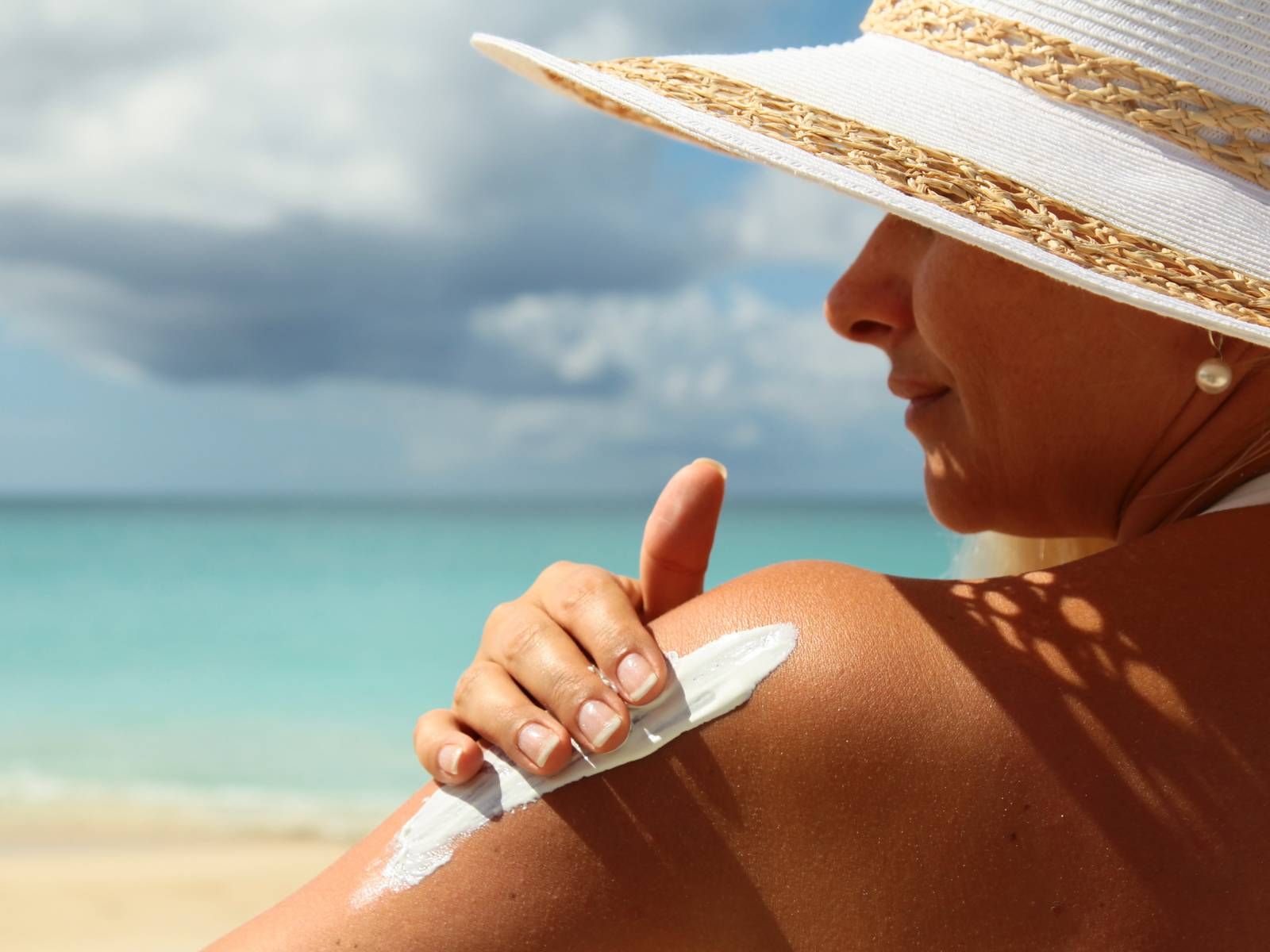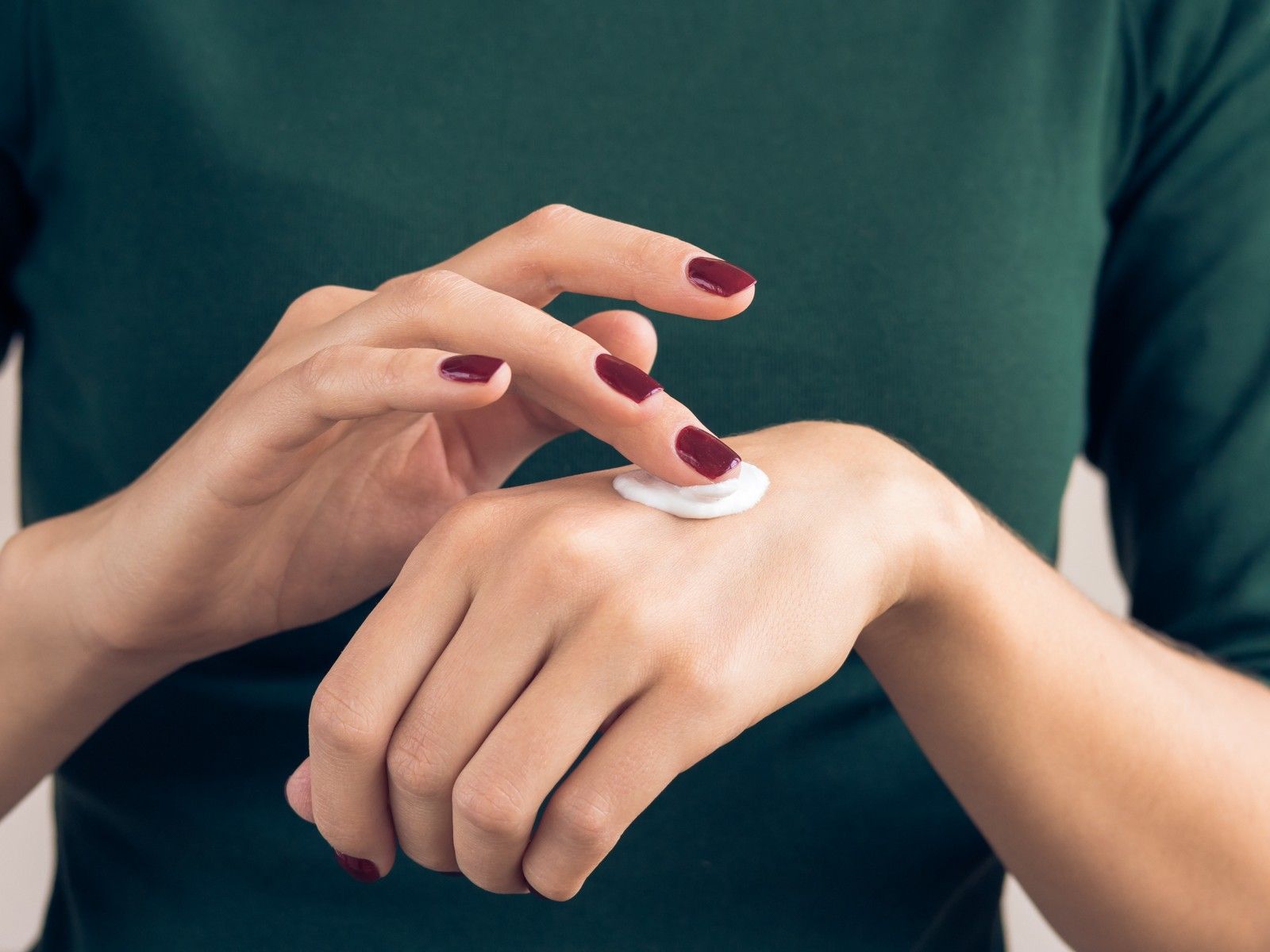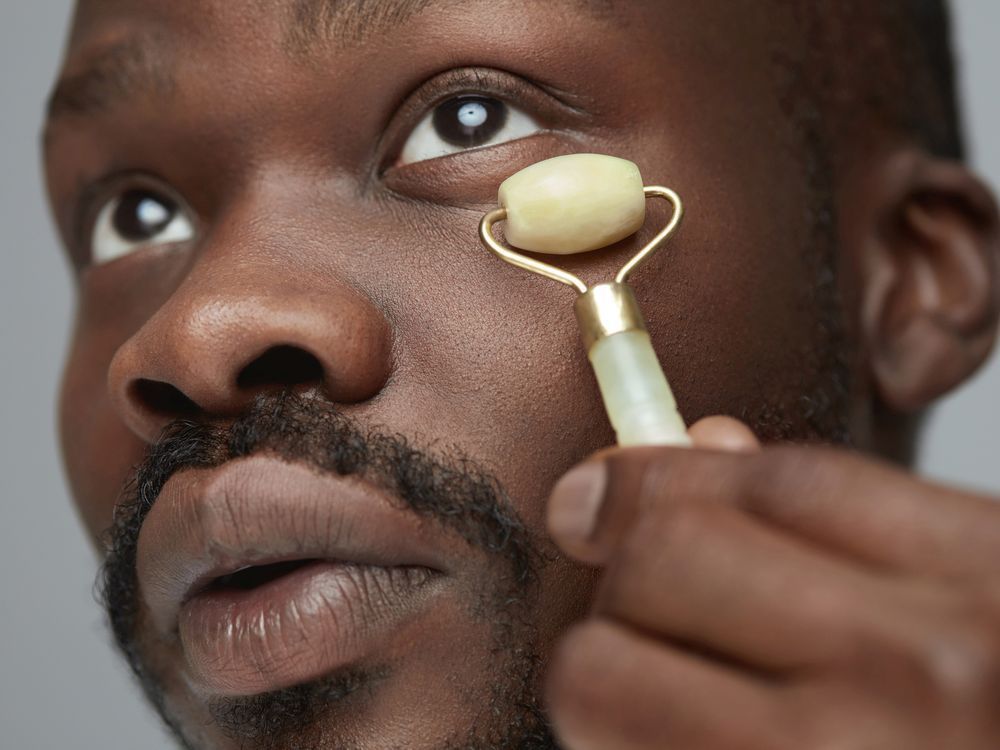retinol is one of the few anti-aging ingredients that has been
scientifically shown to reverse signs of skin aging and is increasingly common in both face and body skin care products. however, if you are using a product that contains any form of a retinoid there are a few things you should know before enjoying that summer sunshine.related to
vitamin a, topical retinoids (like retinol, retinaldehyde, and retinoic acid) are absorbed into the cell where they influence the
increased production of different proteins that support the skin,
reducing fine lines, sun-spots, and acne.as much as they do for the skin, however, retinoids do not have fun in the sun. the product itself breaks down fairly easily in direct sunlight. it also makes the skin
more sensitive, since the increased turnover of cells caused by retinoids means the skin has less time to develop a protective barrier against uv rays. because of these factors, retinoid should only be applied at night so they have a chance to get working before degrading. users should also focus on protecting their skin during the day by applying a
good sunscreen every few hours and using protective clothing.if you’re planning to spend a lot of time in the sun this summer, some dermatologists even
recommend foregoing retinoid products all together and simply focusing on protecting and nurturing your skin.
how do retinols work? as we age, the matrix that supports our skin naturally
begins to thin out, resulting in fine lines and wrinkles. the aging process also causes
the decline of compounds in the skin that hold onto water, like hyaluronic acid, which is why skin tends to lose that plump look.when the retinoid is
absorbed by skin cells, it is converted to its active form of retinoic acid, where it interacts with several different protein receptors and stimulates them to function. this causes cells to divide and increases the supply of fresh new cells to support the top layer of the skin. retinoid also protects collagen against degradation, stimulates the growth of new blood vessels that support the skin and helps
cut back on inflammation (which is connected to developing acne).
but all that good stuff takes time, even months, to develop. the speed with which retinoids create visible effects may also depend on what kind of product you’re using. the active form of a retinoid – the one that does all the good stuff – is called retinoic acid, and usually requires a prescription (one of the more common forms of retinoic acid is called tretinoin). possibly the most common over-the-counter form of this product, retinol, is converted into retinoic acid once absorbed by the skin, but this extra step means that they may be less potent.
“retinols can still be effective, but the results won’t be as stark and will take longer to appear,” dermatologist zakia rahman
explains in stanford medicine’s blog. “that said, they’re very accessible, and you don’t need a prescription. often, retinols are a good place to start for people who are just looking to try it out.”
other forms of retinoids that may be found in over-the-counter skin care include retinyl acetate and retinyl palmitate (forms of retinyl esters). these products are first converted into retinol in the skin, which is then converted into retinoic acid, resulting in a less potent but potentially gentler product. at the end of the topical retinoid spectrum is retinal, which will be the gentlest of the retinoids but will have only limited effects on fine lines and wrinkles.using a less potent product might be a good thing for consumers with more sensitive skin or for those who want to ease a retinoid into their skin care habits.
side effects and warnings sensitivity to the sun is only one side effect that consumers should be aware about when using a retinoid. overuse of the product
may lead to dry, flakey skin or red, inflamed bumps.to reduce the chance of reacting to the product, first-time users should start with the lowest concentration they can find (we’re talking a fraction of a percent) or use a less potent form like a retinal or retinyl. another option is to put the retinol on after a moisturizer, to buffer the product entering the skin.consumers
who have scarring on the area they intend to use the retinol (from acne or otherwise), frequently develop redness or inflammation on their face (like rosacea), have hormonal acne, or who are pregnant should speak to a dermatologist before trying a retinoid.as always, any sort of reaction – especially one on your face – should be taken seriously. discontinue the use of the product and talk to your doctor if this happens.
emjones@postmedia.com |
@jonesyjourn
 3 minute read
3 minute read









